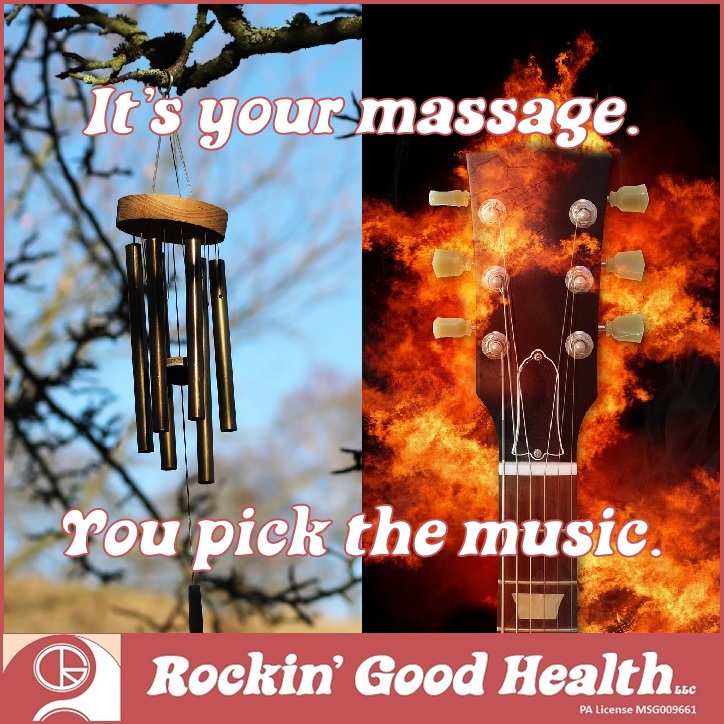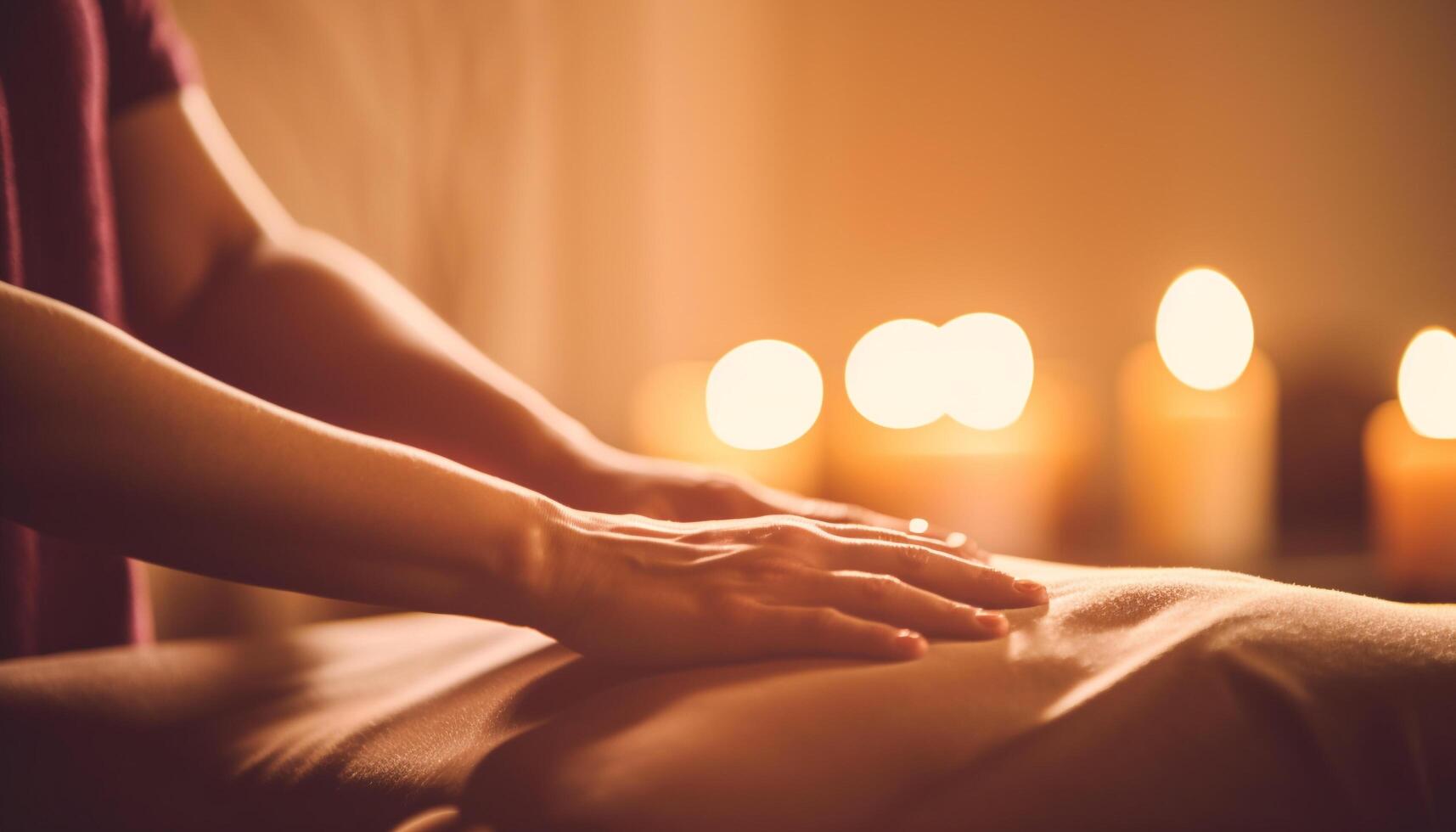Music has long been recognized as a universal language capable of transcending barriers and evoking profound emotional responses. When it comes to therapeutic massage, the strategic integration of music can enhance the overall experience and contribute to a deeper sense of relaxation and healing. In this article, we will delve into the effects that different music choices can have on a massage session and explore how music influences the intricate workings of the nervous system.
The Rhythmic Connection
Rhythm is an integral part of our human experience, from the beating of our hearts to the cadence of our breath. When synchronized with the rhythm of soothing music during a massage, the body’s natural rhythms can be further entrained, facilitating a profound state of relaxation. Slower tempos and gentle melodies often encourage a slower heart rate, deeper breathing, and reduced muscle tension, allowing the body to embrace a state of tranquility and receptiveness to the healing touch.
The Emotional Soundtrack
Music has a remarkable ability to evoke and elicit emotions. By carefully selecting music that resonates with the individual’s preferences and needs, massage therapists can tap into the power of emotions to create a nurturing and comforting environment. Soft and melodic tunes can evoke feelings of safety, trust, and openness, while uplifting melodies can invigorate and energize the recipient. The emotional landscape set by the music establishes a harmonious connection between body, mind, and spirit during the massage.
The Neurological Impact
The effects of music on the nervous system are far-reaching and can significantly influence the massage experience. Research suggests that listening to music triggers the release of endorphins, serotonin, and dopamine—neurotransmitters associated with pleasure, relaxation, and well-being. These chemical responses can enhance pain tolerance, reduce stress, and promote an overall sense of calmness. Moreover, music can help divert attention from physical discomfort and everyday worries, allowing the mind to enter a state of focused relaxation.
The Power of Silence
While music can be an invaluable aid during a massage, it is equally important to recognize the significance of silence. Silence offers a unique opportunity for introspection, mindfulness, and heightened body awareness. Pausing the music intermittently during a massage session can encourage deep listening, enabling the recipient to tune into their own bodily sensations and embrace a sense of inner stillness. By alternating between sound and silence, massage therapists can create a dynamic sonic landscape that enhances the therapeutic experience.
Music is a Massage Tool
As we unravel the intricate relationship between music and massage, it becomes evident that music is not merely an aesthetic addition but a powerful tool that can optimize the overall well-being of individuals. By carefully selecting music that aligns with the recipient’s preferences and intentions, massage therapists can create an environment conducive to relaxation, healing, and emotional balance. From regulating heart rate and reducing muscle tension to triggering neurotransmitter responses, music exerts a profound influence on the nervous system. So, the next time you sink into a massage table, let the harmonies carry you away on a journey of therapeutic bliss.
In my practice…
I love it when a client wants to pick the music! Clients have introduced me to bands and whole genres I never knew existed, by offering their musical preference for the massage. I generally keep a mix of gentle instrumental and ambient music playing, with the occasional dip into something chill, jazz, or classical. But please, feel free to set a different vibe with your choice of music.
Note: The author generated this text in part with GPT-3, OpenAI’s large-scale language-generation model. Upon generating draft language, the author reviewed, edited, and revised the language to their own liking and takes ultimate responsibility for the content of this publication.





